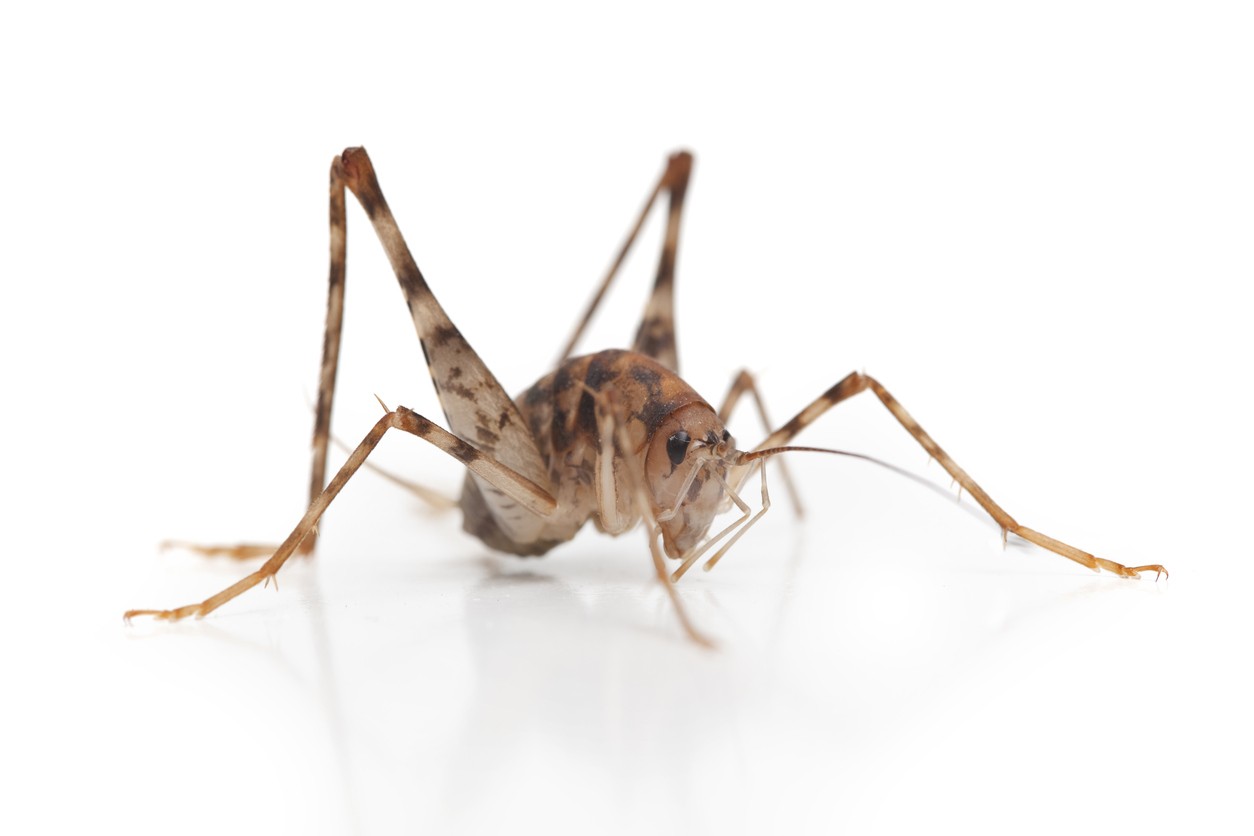However they may also be found in living areas garages and storage rooms.
Camel crickets in attic.
Installing a temporary sugar trap should get rid of most of them and then an insecticide spray will remove the rest.
Field cricket they hatch in spring and the young crickets eat and grow rapidly.
Growing to about 1 they are a light to dark brown color and are nocturnal pests.
These guys are a light to dark brown and often have dark bands in some places or spots depending upon the species.
Camel crickets may also invade homes from wood piles and similar areas outside.
In virginia the 3 most common crickets are the field cricket the house cricket and the camel cricket.
You will need to have access to the ceiling void or attic space.
And as camel crickets tend to flock together you get countless eggs from countless crickets amounting to countless damage.
Camel crickets can also be found in considerable numbers in attics above two story homes.
Camel crickets do live and breed indoors usually in a crawl space cellar or basement.
They eat a broad range of seeds plants or insects dead.
And this also means they have all the time in the world to lay more eggs.
Unlike house crickets camel crickets prefer damp cooler areas like basement crawl spaces.
They too will feed on most dead or living plant and animal matter.
Camel crickets aren t like the little black ones you normally see.
Camel crickets may commonly be found in crawl spaces or basements occasionally in large numbers.
Field crickets are dark nearly black and tend to live in green areas like the garden or yard.
One species the secret cave cricket is a native of central texas and has a yellowish grey coloration.
Camel crickets often invade homes and businesses.
Camel crickets are also known as sprickets which is a contraction of spider crickets.
Camel crickets can also be found in cool moist areas such as under stones mulch railroad ties debris and woodpiles.
Ged rid of camel crickets with moisture control exclusion and baiting.
They may also live under rocks and debris around the outside of the house.
Other popular hiding places for camel crickets are pipes under a c units and sheds.
Common names for these insects include the cave wētā cave crickets camelback crickets camel crickets spider crickets sometimes shortened to criders or land shrimp or sprickets and sand treaders those occurring in new zealand australia and tasmania are typically referred to as.
You can also catch them with sticky tape and trap them with soapy water.
They aren t dangerous but they do eat fabric and can be a nuisance.
They occasionally wander up into the living areas of the home where their quick jumping ability can startle the unwary person.
The orthopteran family rhaphidophoridae of the suborder ensifera has a worldwide distribution.

